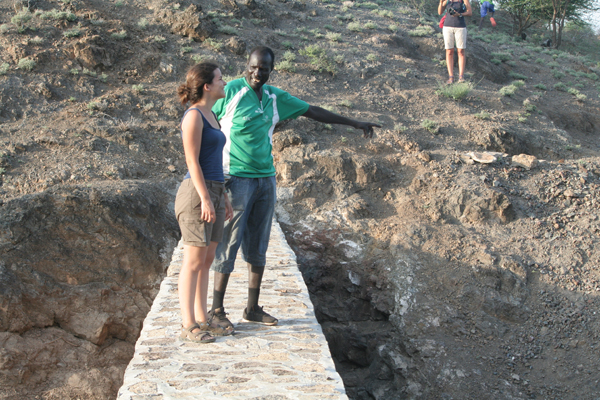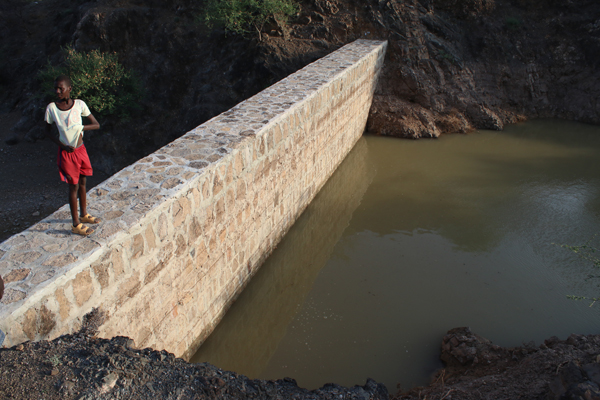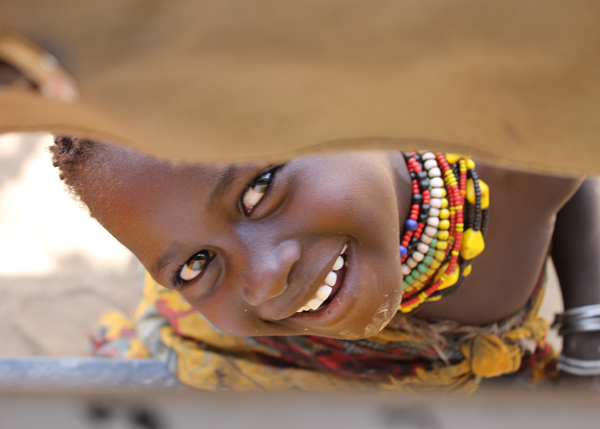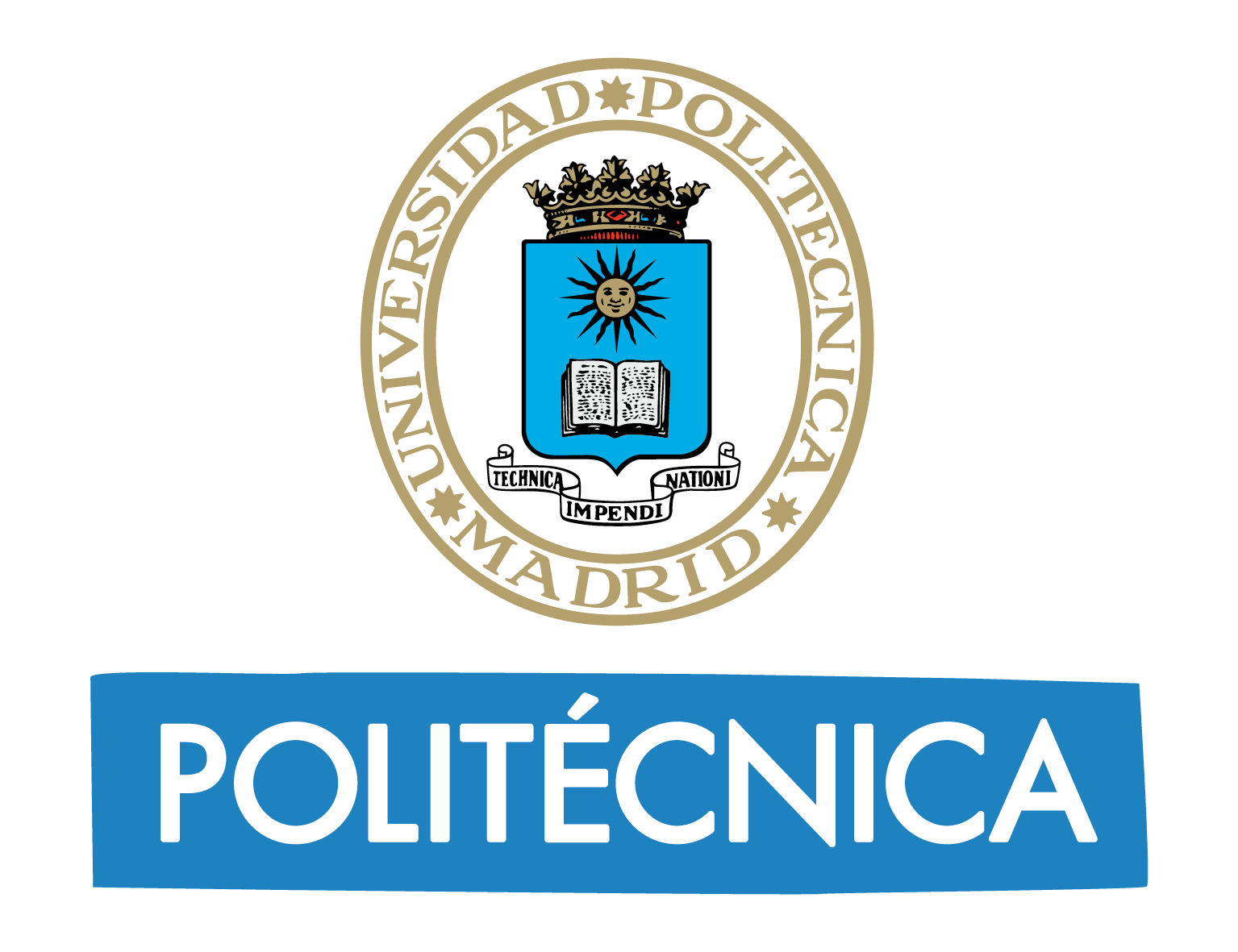When water is missing: How engineering attempts to solve problems in Africa
While she was studying Civil Engineering at UPM, Isabel Lorenzo went to Kenya to take down necessary data for her PFC: a dam that would help improve life in the Turkana district. Today, the dam is built and full of water.
Nature thirsty traveler who will reach Kenya, in the wonderful African continent, will find there some of the most beautiful planet areas, but also some of the poorest.
Turkana District is located in the northwest of Kenya. In this remote semiarid area there's the Lake Turkana, the most saline of Africa's large lakes. For that reason, water is not safe for humans, livestock consumption and crops. Thus, “Jade sea”, as it is also known, doesn´t ensure people´s access to water, a basic need for humankind.
Nearly 180.000 people live in the district of Turkana North. The climate in that area is arid, with high temperatures and irrigated by irregular and erratic rainfall. With an average of around 5 rainy days per year, torrential precipitations don´t serve to offset land´s aridity and dryness.
Turkana North is a depressed area, so water is hard to find. “Water is “such a rare and precious resource” that “we have to protect wherever we were”, said Wangari Maathai, the first African woman to receive the Nobel Peace Prize (2004).
And, traditionally, women have borne heavy burdens, walking an average of 20 km-hour day to get water in rural areas such as Turkana North.

A brave engineer
This gap was one of the many reasons why, when she studied at the Escuela Técnica Superior de Ingenieros de Caminos, Canales y Puertos from Universidad Politécnica de Madrid, Isabel Lorenzo Pérez decided to give a different approach to the Proyecto Fin de Carrera, applying knowledge and technologies to build a dam in Kokuselei mountains.
The aim was to improve health and nutritional status of the nomadic population of this country, with over 230 km2, home of around 9.000 people, into which she arrived through “a series of amazing coincidences, as everything good in life happens”, she says.
Isabel contacted MCSPA (Misión Católica San Pablo Apóstol), which has worked for 30 years with the Fundación Emalaikat. Both have been involved in the construction of dams and wells in Kenya, where hunger, isolation and the lack of infrastructures are still big challenges. In addition, life expectancy is less than 50 years and infant mortality is very high. So dry conditions and ensuing water shortages caused death on livestock and make harder the living of their owners.
Then, this young Spanish engineer found the link between MCSPA and Claudio Olalla, Professor at Escuela de Caminos UPM. He is very attached to Africa and well familiarized with the shortcomings of this part of the world. Together with Professor Olalla, Isabel considered the opportunity of taking advantage of her time as volunteer in Kenya and so collecting data for the PFC.
A minor civil work, of huge scope
In this context, she designed a masonry dam on the river Ngikuruchana, which has been built. Even though it may well look like a minor civil work over a map, it is a huge task on the ground. The dam has been built according to current Spanish rules, overcoming territorial difficulties, lack of budget and technology, and managing materials and structural elements according to this area.
On the other hand, its construction has required an investment of over 25 thousand euros and 7 and a half months of hard work. Also, a big effort has been made for getting funding to reach budget objectives. Most of it came from the sales of kenyata craft items in Madrid, at the Colegio de Nuestra Señora del Buen Consejo, and everything else by private donations to the Fundación Emalaikat, linked to MCSPA.
“In the beginning, it was difficult to persuade people that a wall in the middle of an almost dry river bed would give them water”, she explains. “Its benefits are now fully proved and Turkana´s life, especially women´s, has much improved. They no longer need to dig pits with their hands”.

The power of people
Getting there has not been an easy task at all. In Kenya she found support among Kokuselei missionary women. “We found together the right place to build the new dam”. The project also involved two volunteers, Ana y Guillermo. They collaborated by taking site data using tools such as a total station. Back in the Escuela de Caminos, Professor Miguel Marchamalo helped Isabel to develop the topography using the data that she collected on site.
Special thanks to Professor Olalla for leading the PFC successfully. Upon submission, she doesn´t forget her family and the Colegio Buen Consejo. “They made possible part of the finance of donor funding”, she adds.
And invaluable the support of the “engineer” Akiné, who builds dams around Kokuselei. “Engineer enclosed in quotation marks, because he has no academic degree, although he has built so many dams that he well deserves the title. Without all of them and some more that I´m sure I don’t recall now, nothing would have been possible”, Isabel explains.
This was the experience of this young engineer from the Universidad Politécnica de Madrid in Africa. A continent "too large to describe. It is a veritable ocean, a separate planet, a varied, immensely rich cosmos”, wrote Ryszard Kapuscinski in his book "Ebony".

Nothing is more exciting than designing and constructing what we use daily
Now she is facing her professional life in Spain, after a year and a half in the USA. Isabel left excellent memories in the Escuela de Caminos and the UPM, just like what she has from professors. “They have all contributed to my education and personal development, in many cases through strong teachings, and transmitting to me passion for engineering”.
To pre-college students she raises: “What is more exciting than designing and building what we use every day?”. And she adds, “engineering, and in this case civil engineering, is everywhere. The person who has designed the dam from which comes the water we drink, until who plans or manages your city public transport, going through who has designed the bridge you cross every day, he or she is probably a civil engineer. Would you like to be part of it?, Isabel asks young students.


